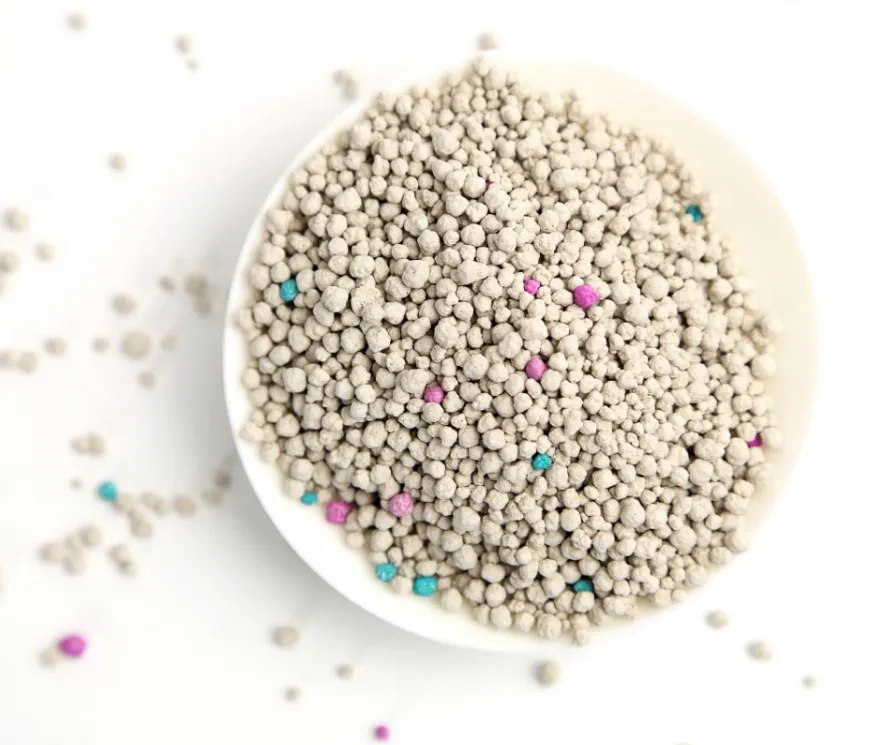
coconut shell based activated carbon
Coconut Shell Based Activated Carbon A Sustainable Solution
Activated carbon, also known as activated charcoal, is a versatile material widely used in various industries due to its high surface area and porosity, making it effective in adsorbing impurities and contaminants. Among the various sources of activated carbon, coconut shells have gained popularity due to their eco-friendliness, efficiency, and sustainable nature. This article explores the properties, production methods, applications, and benefits of coconut shell based activated carbon.
Properties of Coconut Shell Based Activated Carbon
Coconut shell based activated carbon is known for its unique properties, which make it exceptionally suitable for various applications. Firstly, the process of activation results in a large surface area, usually between 800 to 1200 square meters per gram. This high surface area allows for maximum adsorption of pollutants, making it an effective material for purification.
Additionally, coconut shell charcoal has a dense structure, with a well-developed pore system that consists of both micro and mesopores. This configuration not only enhances its adsorption capacity for smaller molecules but also allows for effective filtration of larger contaminants. The pH of coconut shell based activated carbon is generally neutral to slightly alkaline, making it suitable for a wide range of applications without causing adverse chemical reactions.
Production Methods
The production of coconut shell based activated carbon involves several steps, including carbonization and activation. The process begins with the collection of dried coconut shells, which are subjected to carbonization at high temperatures (around 400-600 degrees Celsius) in an oxygen-controlled environment. This step removes volatile compounds and leaves behind carbon-rich char.
Once the carbonization is completed, the next step is activation. There are two primary activation methods physical activation and chemical activation.
1. Physical Activation This involves exposing the char to high temperatures (700-1200 degrees Celsius) in the presence of oxidizing gases such as steam or carbon dioxide. This process creates a network of pores and enhances the surface area of the activated carbon.
2. Chemical Activation In this method, the carbonized material is treated with chemicals such as phosphoric acid or potassium hydroxide before being subjected to high temperatures. This approach often results in a higher surface area and increased porosity compared to physical activation.
coconut shell based activated carbon

Both methods produce high-quality activated carbon, but the choice between them may depend on the specific application and the required properties of the final product.
Applications of Coconut Shell Based Activated Carbon
Coconut shell based activated carbon boasts a wide array of applications across various industries. One of the most common uses is in air and water purification. Due to its excellent adsorption properties, it effectively removes impurities, chemicals, and volatile organic compounds (VOCs) from air and water, making it ideal for use in water treatment plants, industrial wastewater treatment, and air filtration systems.
In the food and beverage industry, activated carbon derived from coconut shells is used in the decolorization and purification of syrups, juices, and alcoholic beverages. Its ability to remove unwanted tastes and odors helps enhance the quality of the final product.
Coconut shell based activated carbon is also utilized in medical applications, primarily in detoxification processes and as a component in various pharmaceutical products. Its adsorptive properties help in treating poisonings and overdoses by binding toxic substances in the gastrointestinal tract.
Moreover, with the rise of environmental concerns and the shift towards sustainable practices, coconut shell based activated carbon has emerged as a preferred choice for ecologically responsible businesses and consumers.
Benefits of Coconut Shell Based Activated Carbon
The benefits of coconut shell based activated carbon extend beyond its effective adsorption capabilities. It is an environmentally friendly option, produced from a renewable resource — coconut shells, which are often regarded as agricultural waste. Utilizing these shells for activated carbon production not only reduces waste but also contributes to sustainable development.
Furthermore, the carbon can be reactivated and reused multiple times, enhancing its lifespan and reducing costs in the long run. This reactivation process can often be performed using simple methods, making it accessible for various industries and consumers.
In conclusion, coconut shell based activated carbon stands out as a sustainable, effective solution for purification and filtration applications. Its unique properties, combined with its eco-friendly production process, make it an essential material in addressing many environmental challenges faced today. As industries seek to adopt more sustainable practices, the demand for coconut shell based activated carbon is likely to continue growing, paving the way for a cleaner and greener future.
Share
-
Premium Resin Coated Sand - High Heat Resistance CastingNewsJul.31,2025
-
High Quality Silicon Carbide Grit for Abrasive ApplicationsNewsJul.30,2025
-
High-Quality Ceramsite for Plants & Gardening | Lightweight PebblesNewsJul.29,2025
-
Premium Burgundy Glass Marbles for Vases & Shooter GamesNewsJul.29,2025
-
High Purity Quartz Sand for Industrial and Ground ApplicationsNewsJul.29,2025
-
High-Quality Barite Powder for Drilling & Industrial UseNewsJul.29,2025






